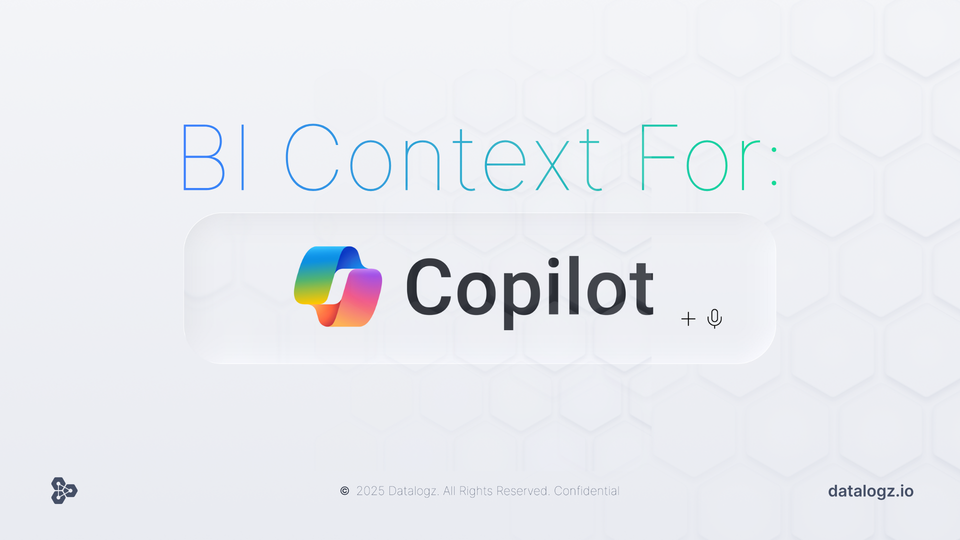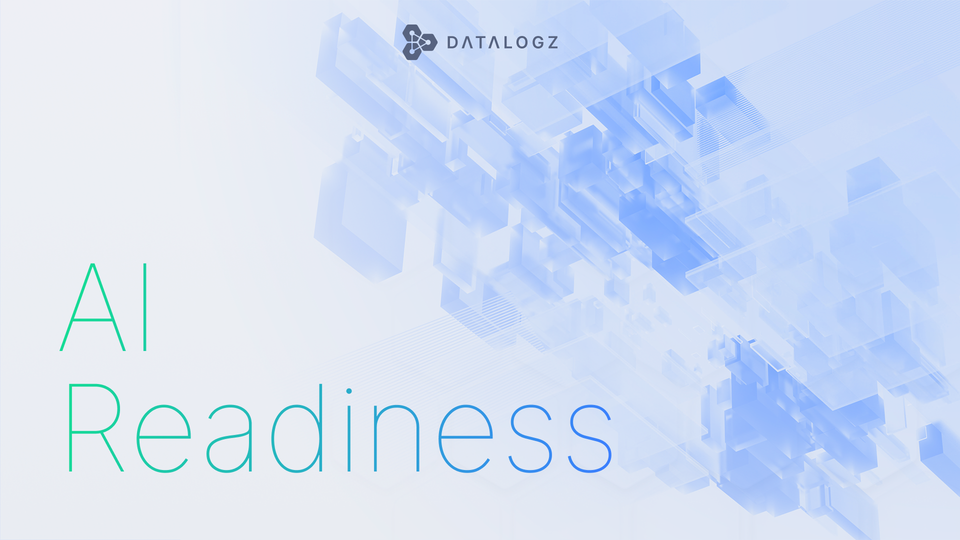How to Enhance the User Experience for BI Consumers?
By adopting a user-centered design approach, personalizing BI systems, providing effective data visualization, and ensuring high performance, BI systems can meet the needs and expectations of their users.

In today's data-driven world, business intelligence (BI) has become an essential tool for decision-making. BI systems provide valuable insights to help businesses make informed decisions, identify opportunities for growth, and optimize operations. However, the success of BI systems depends on their ability to meet the needs and expectations of their users. If BI systems are not user-friendly, intuitive, and personalized, users may find them difficult to use and adopt, leading to lower user adoption and decreased business outcomes. In this blog post, we will explore how to enhance the user experience for BI consumers and improve user adoption and business outcomes.
User-Centered Design
The first step in enhancing the user experience for BI consumers is to adopt a user-centered design approach. User-centered design is a process that involves understanding the needs, goals, and preferences of users and designing systems that meet those needs. By involving users in the design process, BI systems can be tailored to their specific needs and preferences, leading to increased user adoption and satisfaction.
Personalization
Personalization is another important aspect of enhancing the user experience for BI consumers. Personalization involves tailoring BI systems to individual user needs and preferences. This can include customizing dashboards, reports, and data visualizations to meet the specific needs of each user. Personalization can also involve providing personalized recommendations based on user behavior and preferences. By personalizing BI systems, users are more likely to find the information they need quickly and efficiently, leading to increased user satisfaction and adoption.
Visualization
Data visualization is another critical element of enhancing the user experience for BI consumers. Data visualization involves presenting data in a clear and compelling way that enhances understanding and insights. Effective data visualization can help users identify trends, patterns, and outliers in the data, leading to better decision-making. When designing data visualizations, it's essential to consider the user's perspective and their specific needs and preferences. By providing visually appealing and easy-to-understand data visualizations, users are more likely to engage with the data and gain valuable insights.
Performance
Performance is another critical aspect of enhancing the user experience for BI consumers. BI systems must be fast and responsive to enable timely decision-making. Slow or unresponsive systems can lead to frustration and decreased user adoption. To ensure high performance, BI systems must be designed with performance in mind. This can include optimizing queries, reducing data processing times, and ensuring system scalability. By providing fast and responsive BI systems, users can access the information they need quickly and efficiently, leading to increased user satisfaction and adoption.
In conclusion, enhancing the user experience for BI consumers is essential for improving user adoption and business outcomes. By adopting a user-centered design approach, personalizing BI systems, providing effective data visualization, and ensuring high performance, BI systems can meet the needs and expectations of their users. By doing so, businesses can gain valuable insights, make informed decisions, and optimize their operations.
Key Takeaways:
- Enhancing the user experience for BI consumers is crucial for improving user adoption and business outcomes.
- Adopting a user-centered design approach can help tailor BI systems to meet the specific needs and preferences of users.
- Personalization of BI systems can increase user satisfaction and adoption by providing customized dashboards and recommendations.
- Effective data visualization can help users gain valuable insights and make informed decisions.
- High performance is essential for providing fast and responsive BI systems that enable timely decision-making.
- Businesses must prioritize the user experience to get the most out of their BI systems.




